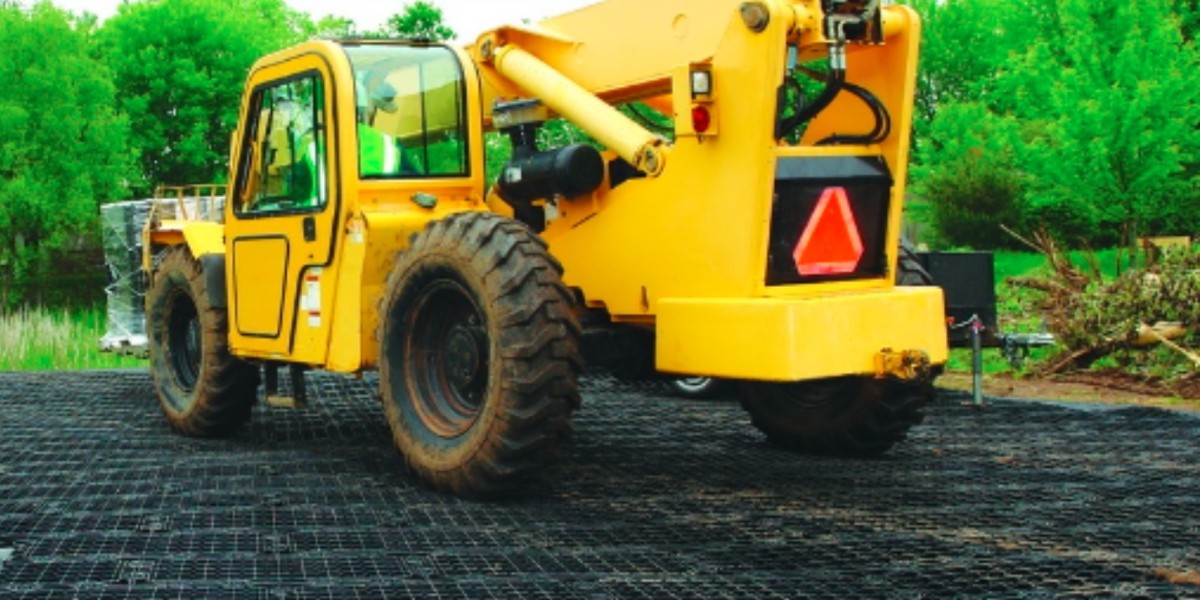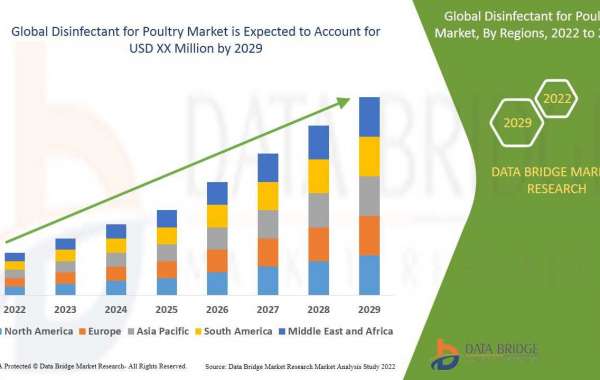Ground protection mats have become an essential tool in various construction and industrial applications, providing a stable surface to protect the ground from heavy machinery and vehicles. These mats help to reduce the environmental impact by minimizing soil compaction and erosion. They are particularly beneficial in areas where ground conditions are sensitive or where construction activities can cause significant damage. The use of ground protection mats helps to preserve the integrity of the worksite, ensuring that construction activities can proceed without causing long-term harm to the environment. A ground protection mat is typically made from high-quality materials like HDPE (high-density polyethylene) to ensure durability, flexibility, and strength.
The demand for reliable ground protection solutions has led to the development of different types of mats, including those made from composite materials, which offer a combination of high strength and lightweight properties. These mats are used in construction projects, landscaping, drilling operations, and even outdoor events, providing a stable surface for heavy equipment while protecting the underlying ground. Ground protection mats are not only beneficial for protecting natural landscapes but also help to create safer working conditions by reducing the risk of equipment getting stuck or sliding.
HDPE Ground Protection Mats: Durability and Versatility
When it comes to providing robust and long-lasting ground protection, HDPE ground protection mats are among the best options available. HDPE is a type of polyethylene known for its high strength-to-density ratio, making it ideal for manufacturing mats that can withstand the weight of heavy machinery without cracking or breaking. The flexibility of HDPE also allows the mats to adapt to uneven terrain, providing a stable surface even on rugged landscapes. This adaptability makes HDPE ground protection mats suitable for various environments, from construction sites to outdoor event venues.
The use of HDPE mats is also beneficial in terms of environmental sustainability. Unlike wood mats, HDPE mats do not absorb water, which helps prevent the spread of contaminants and reduces the risk of mold growth. Additionally, HDPE is resistant to chemicals, making it suitable for use in areas where exposure to oils, fuels, or other chemicals is a concern. The durability of HDPE ground protection mats also means they can be reused multiple times, providing a cost-effective solution for projects that require temporary ground stabilization.
Moreover, the lightweight nature of HDPE makes these mats easier to transport and install compared to other materials like steel or wood. This not only reduces labor costs but also minimizes the logistical challenges associated with transporting heavy equipment. The versatility of HDPE ground protection mats makes them a preferred choice for many contractors looking to balance performance, cost, and environmental considerations in their projects.
The Role of Composite Mat Manufacturers in Ground Protection Solutions
As the demand for advanced ground protection solutions continues to grow, Composite mat manufacturer play a vital role in meeting these needs. These manufacturers produce mats using composite materials that combine various fibers with resins to create a product that is both strong and lightweight. Composite mats offer several advantages over traditional wood or steel mats, including higher load-bearing capacity, longer lifespan, and better resistance to environmental factors.
The expertise of composite mat manufacturers allows them to produce mats that meet the specific requirements of different industries. For instance, in the construction industry, mats need to support the weight of heavy machinery such as cranes and excavators, while in the oil and gas sector, mats must withstand exposure to harsh chemicals and rough terrain. By using composite materials, manufacturers can create mats that offer superior performance in these challenging conditions. Additionally, the production process for composite mats is often more sustainable, as it can utilize recycled materials and produce less waste compared to traditional manufacturing methods.
Manufacturers also focus on innovation, developing mats with features such as non-slip surfaces, interlocking designs, and integrated lifting handles. These enhancements improve the safety and ease of use of the mats, making them more attractive to contractors who need reliable ground protection solutions. With the continued growth of industries that rely on heavy equipment, the role of composite mat manufacturers in providing high-quality, durable, and eco-friendly ground protection products will only become more significant.
Applications and Benefits of Using Ground Protection Mats
Ground protection mats are used across a wide range of industries due to their ability to protect the ground and provide stable access for vehicles and equipment. In construction, they are used to create temporary roadways or work platforms, preventing damage to the ground and allowing construction activities to continue even in adverse weather conditions. For landscaping projects, ground protection mats help to avoid damage to lawns, gardens, and other sensitive areas, ensuring that the aesthetic quality of the site is preserved.
In the oil and gas industry, Ground protection mat are crucial for creating stable work surfaces in remote locations where the terrain is often uneven or unstable. These mats provide a reliable platform for drilling rigs and other equipment, reducing the risk of accidents and ensuring that operations can proceed safely. Similarly, in the utility sector, ground protection mats are used during maintenance or installation of power lines and pipelines, providing a stable base for equipment and protecting the ground from damage.
The benefits of using ground protection mats extend beyond just protecting the ground. They also contribute to safer working conditions by preventing vehicles and equipment from becoming stuck in mud or soft ground. The mats’ textured surfaces provide traction, reducing the likelihood of slips and falls. Additionally, using ground protection mats can lead to significant cost savings, as they help to avoid the expenses associated with repairing damaged landscapes or replacing stuck equipment.
HDPE Ground Protection Mats vs. Other Types of Mats
While HDPE ground protection mats offer many benefits, it is important to understand how they compare to other types of mats. Wood mats, for example, are commonly used in construction but can absorb moisture, leading to rot, mold, and a shorter lifespan. They are also prone to splintering and may not perform well in wet or chemically contaminated environments. Steel mats, on the other hand, provide excellent strength but are heavy, difficult to transport, and can be prone to rust.
In contrast, HDPE ground protection mats provide a combination of strength, durability, and resistance to environmental factors that other materials struggle to match. Their lightweight nature makes them easier to handle, while their resistance to water and chemicals ensures that they maintain their structural integrity even in challenging conditions. Additionally, HDPE mats do not warp or splinter, making them a safer and more reliable option for long-term use.
Conclusion
Ground protection mats play an essential role in safeguarding the ground and providing stable surfaces for construction, industrial, and outdoor projects. The use of HDPE ground protection mats offers numerous advantages, including durability, flexibility, and resistance to environmental factors. With the ongoing demand for ground protection solutions, composite mat manufacturers continue to innovate and provide high-quality mats that meet the unique needs of various industries. As a versatile and sustainable choice, HDPE and composite mats are likely to remain a popular option for projects that require temporary ground stabilization and protection.
Here Are Related for Hdpe ground protection mats
1. What are the primary benefits of using ground protection mats?
Ans: Ground protection mats help protect the ground from damage, provide a stable surface for heavy equipment, and reduce environmental impact by preventing soil compaction and erosion.
2. How do HDPE ground protection mats compare to wood mats?
Ans: HDPE ground protection mats are more durable, resistant to water and chemicals, and do not warp or splinter, making them a better option for long-term use compared to wood mats.
3. Why are composite mats considered eco-friendly?
Ans: Composite mats often utilize recycled materials and produce less waste during manufacturing, making them a more sustainable choice for ground protection solutions.










